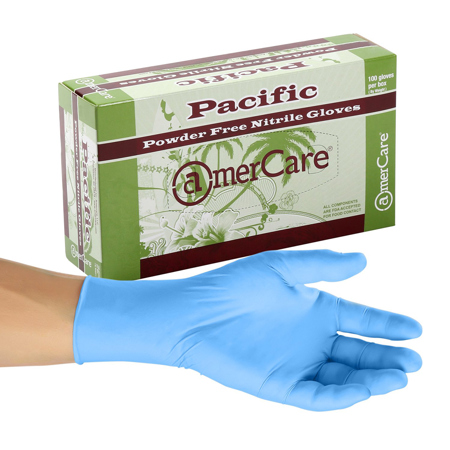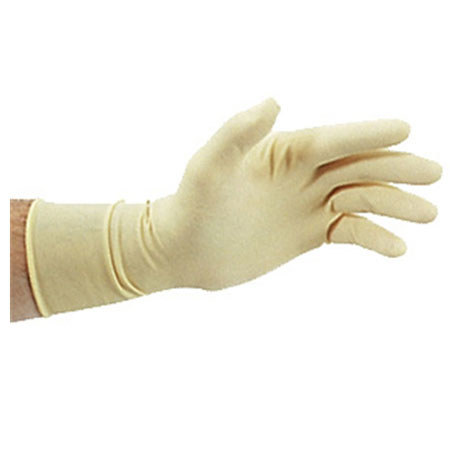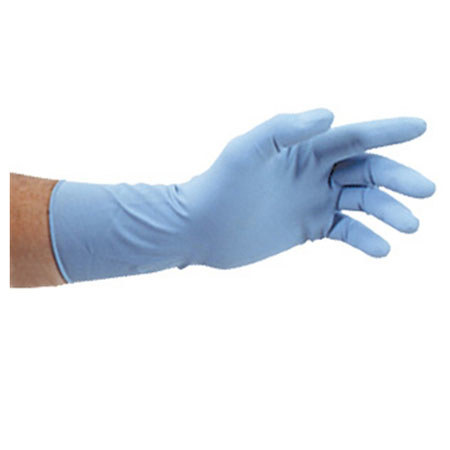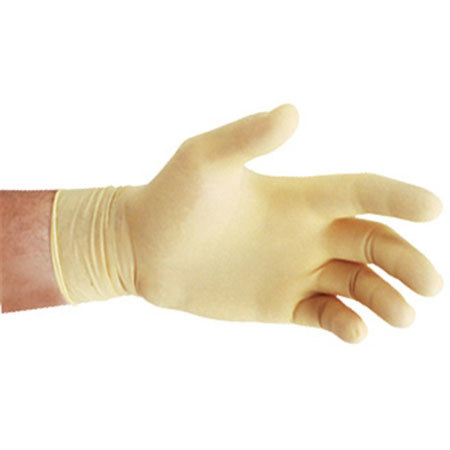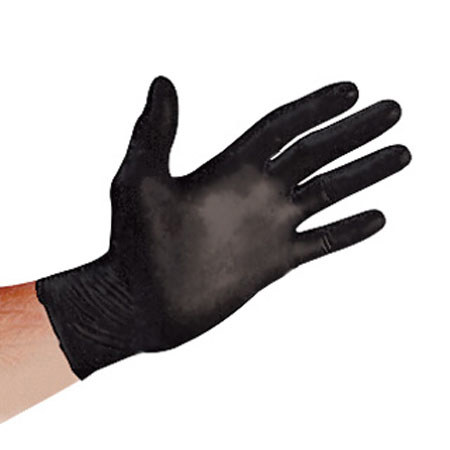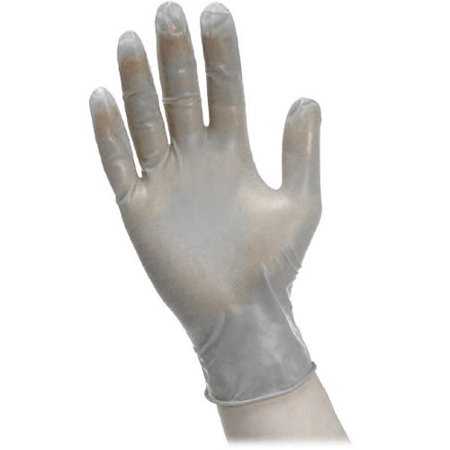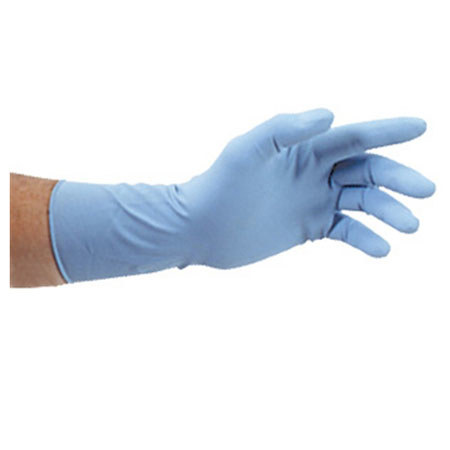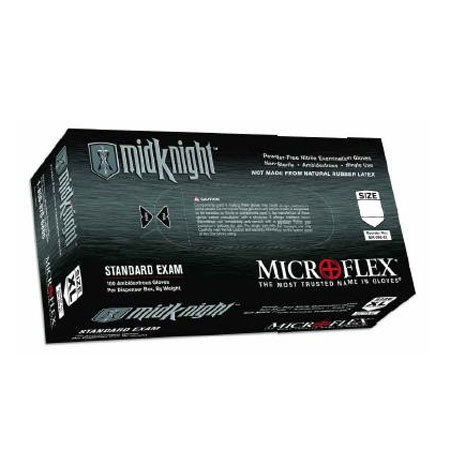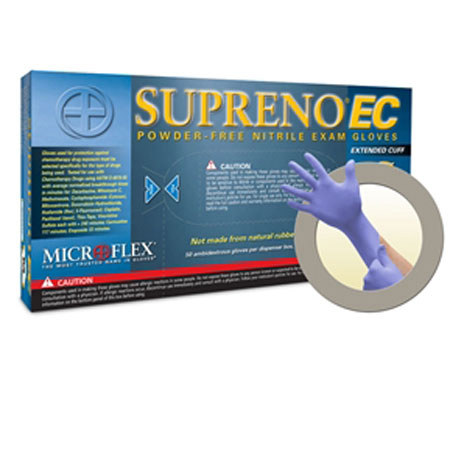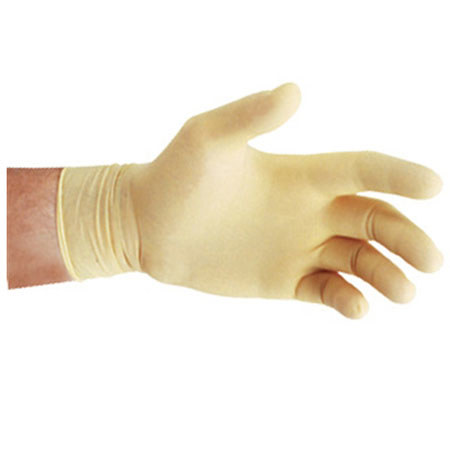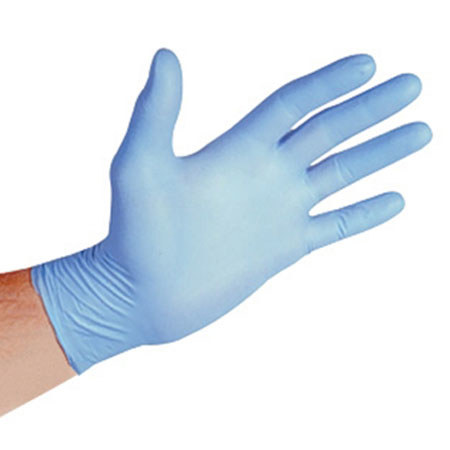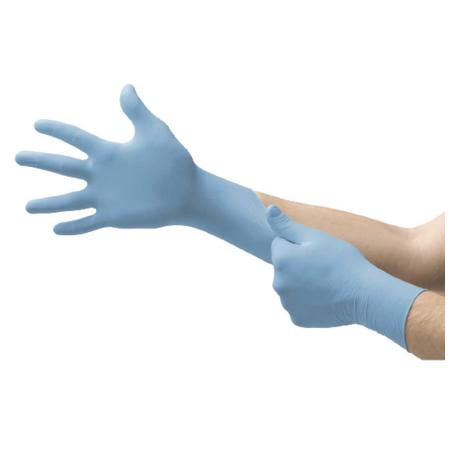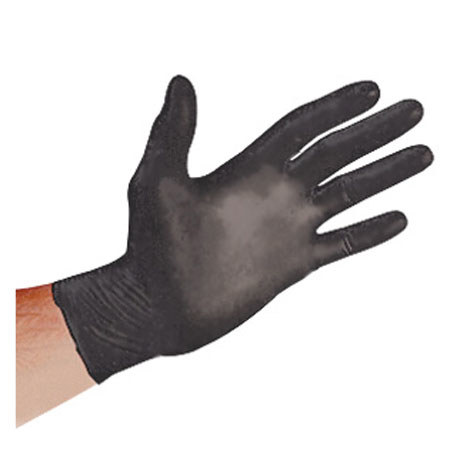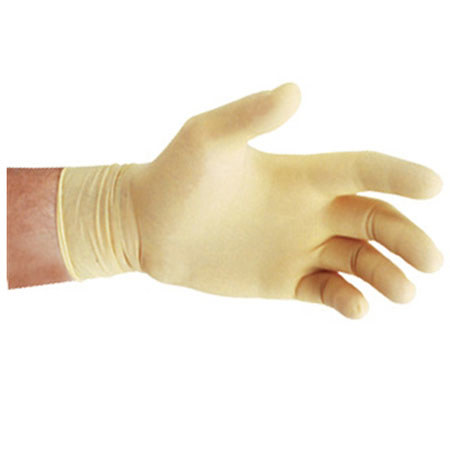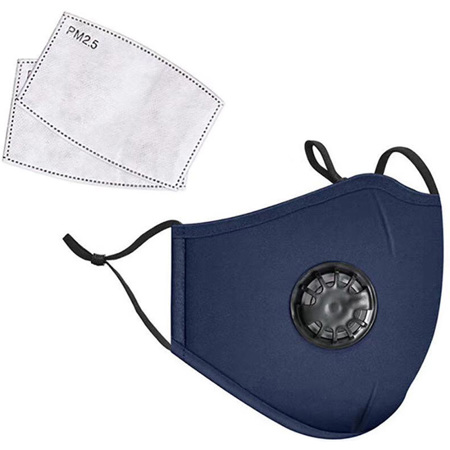Latex Gloves for Handling Chemicals
When it comes to handling chemicals, whether in a laboratory, workshop, or even at home, latex gloves are a staple for professionals and enthusiasts alike. The crisp air of October often signals a shift in projects—academic labs ramp up for fall semester experiments, artists begin prepping for seasonal exhibitions, and DIYers tackle end-of-year cleaning or repairs. In each of these settings, the need for reliable hand protection becomes more pronounced. Latex gloves are prized for their snug fit, tactile sensitivity, and flexibility, making them a go-to for tasks that demand precision and dexterity. The natural elasticity of latex allows for prolonged wear without sacrificing comfort, which is crucial during lengthy procedures or intricate work. For those who regularly handle solvents, acids, or other potentially hazardous substances, the peace of mind that comes from a barrier between skin and chemical is invaluable. Even outside the lab, photographers working with developing chemicals, mechanics dealing with lubricants, or hobbyists experimenting with resins and adhesives all reach for latex gloves to safeguard their hands and maintain a clean, controlled environment.
Selecting the right pair of latex gloves involves careful consideration of several factors. Thickness and durability are paramount—thicker gloves offer greater protection against punctures and tears, while thinner options enhance touch sensitivity for delicate operations. The choice between powdered and powder-free gloves is another important aspect; powder-free varieties are often preferred in environments where contamination must be minimized, such as in clean rooms or when handling photographic negatives. Sizing also plays a critical role, as an ill-fitting glove can impede movement or compromise safety. For those with latex sensitivities, alternative materials like nitrile may be more suitable; in fact, for applications requiring heightened chemical resistance or when allergies are a concern, exploring Nitrile Gloves for Industrial Use can provide additional options. Latex gloves are not just for professionals—students embarking on science projects, artists experimenting with new mediums, or anyone gifting a budding chemist or maker will find them to be a thoughtful and practical addition to any toolkit. As the days grow shorter and projects move indoors, keeping a box of quality latex gloves on hand ensures that creativity, curiosity, and productivity continue safely and seamlessly throughout the season.
Selecting the right pair of latex gloves involves careful consideration of several factors. Thickness and durability are paramount—thicker gloves offer greater protection against punctures and tears, while thinner options enhance touch sensitivity for delicate operations. The choice between powdered and powder-free gloves is another important aspect; powder-free varieties are often preferred in environments where contamination must be minimized, such as in clean rooms or when handling photographic negatives. Sizing also plays a critical role, as an ill-fitting glove can impede movement or compromise safety. For those with latex sensitivities, alternative materials like nitrile may be more suitable; in fact, for applications requiring heightened chemical resistance or when allergies are a concern, exploring Nitrile Gloves for Industrial Use can provide additional options. Latex gloves are not just for professionals—students embarking on science projects, artists experimenting with new mediums, or anyone gifting a budding chemist or maker will find them to be a thoughtful and practical addition to any toolkit. As the days grow shorter and projects move indoors, keeping a box of quality latex gloves on hand ensures that creativity, curiosity, and productivity continue safely and seamlessly throughout the season.

